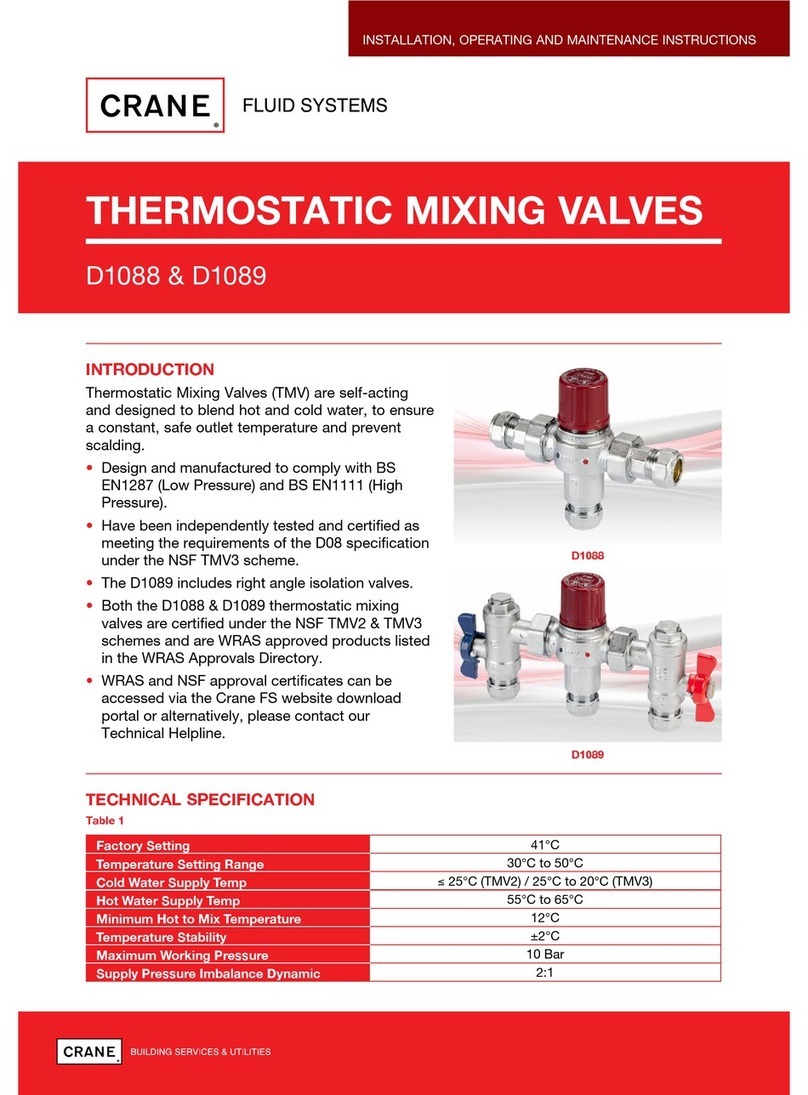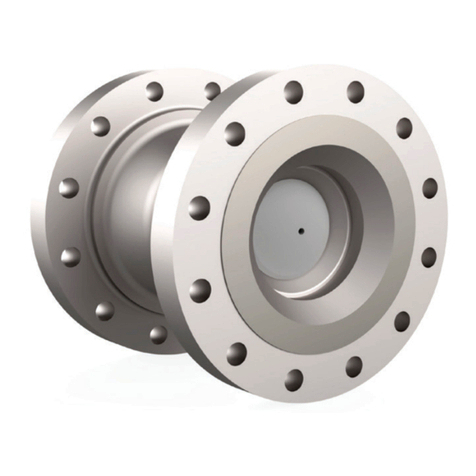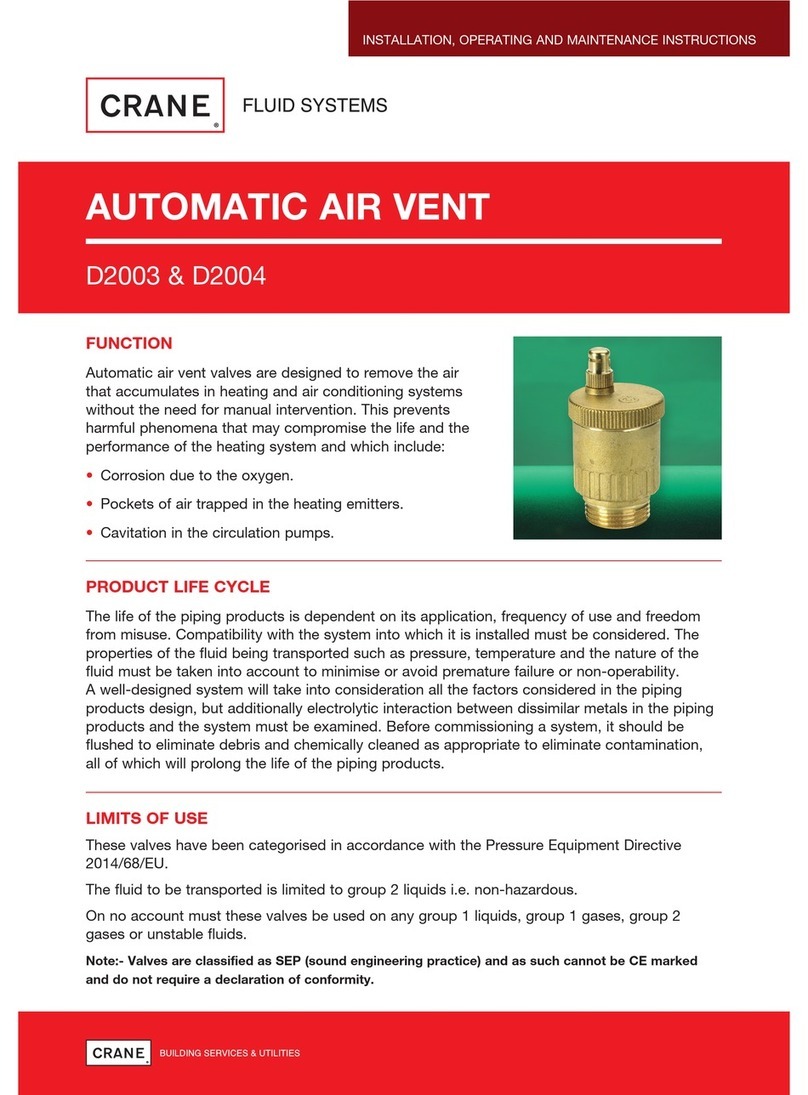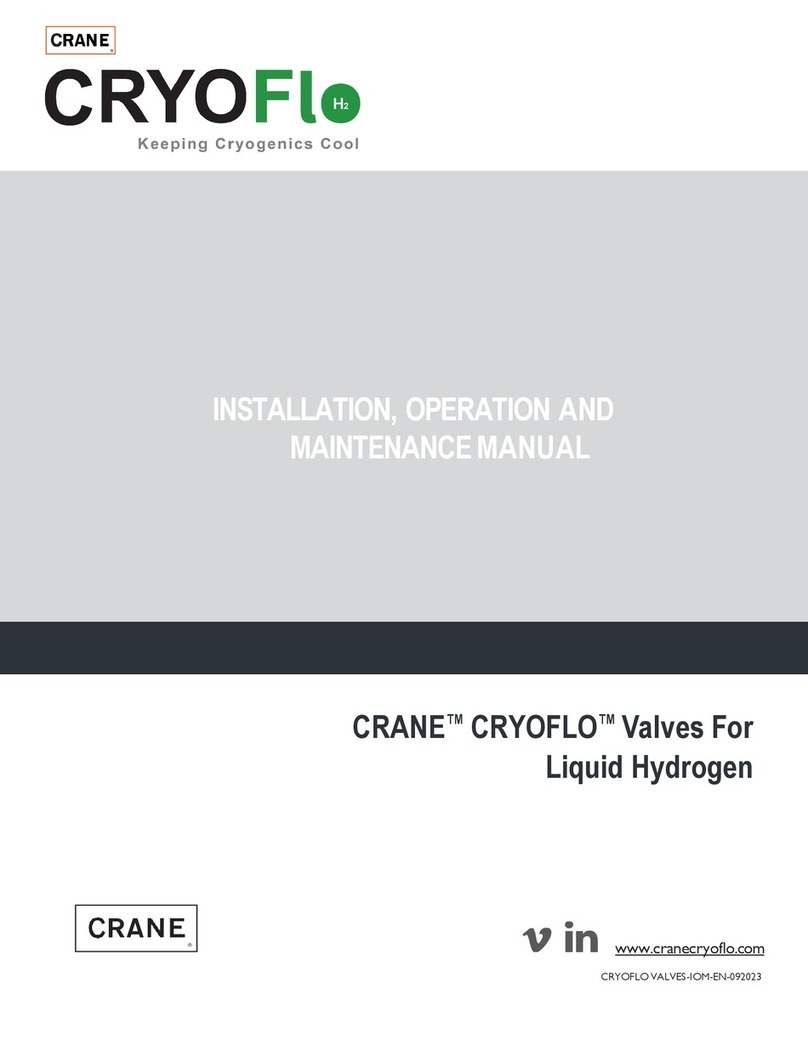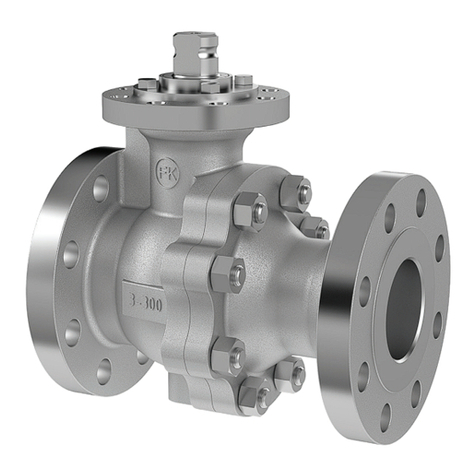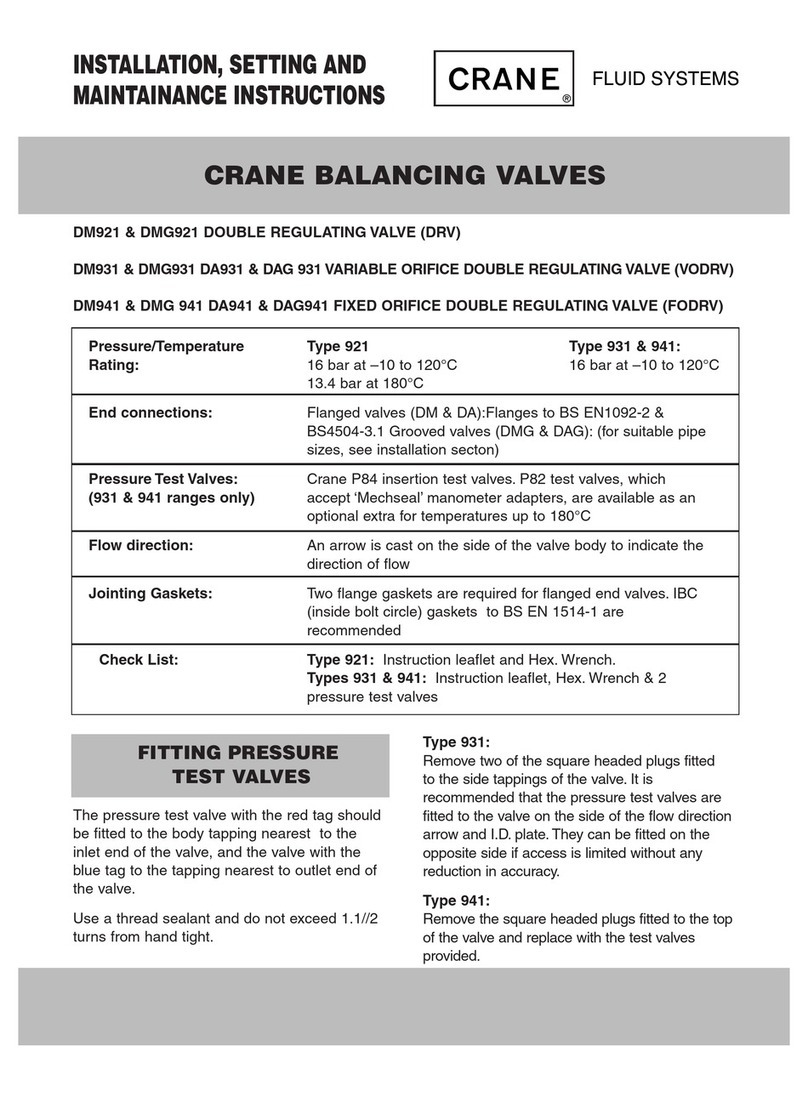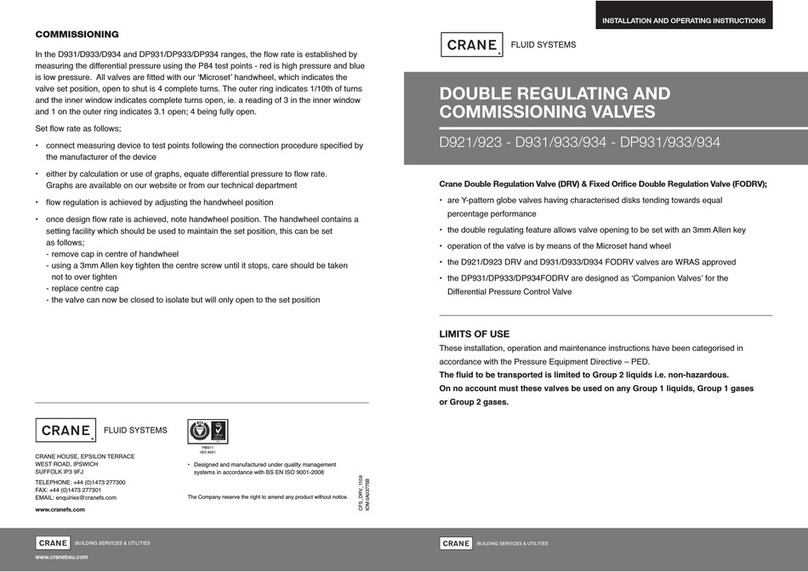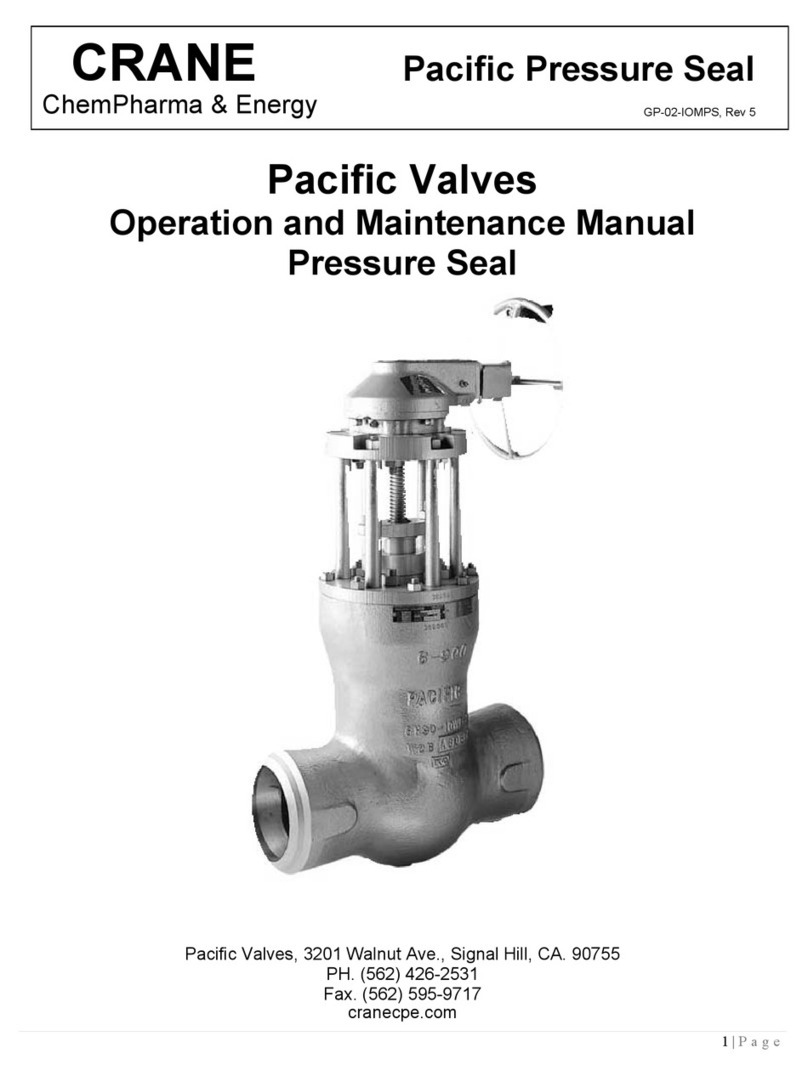CONDITIONS OF USE
Operating Pressure Range High Pressure Low Pressure
Maximum Static Pressure 10 bar 10 bar
Flow Pressure - Hot & Cold 1 to 5 bar 0.2 - 1 bar
Hot Supply Temperature 52 to 65ºC 52 to 65ºC
Cold Supply Temperature 5 to 20ºC 5 to 20ºC
Table 3 - Normal Conditions of Use for Type 3 Valves
Note 1: The valve may perform adequately outside the conditions in table 3 but the TMV3 scheme approval does
not apply.
Note 2: The highest flow rates will be achieved under balanced pressure conditions, but the pressure at the valve
inlets must be within a ratio of 2:1 under flow conditions and the size and layout of pipe work and fittings must take
this into account.
PRE-COMMISSIONING CHECKS
Follow this method for adjusting the water temperature:
1. Remove the maroon plastic protective cap on top of the valve with a
screw-driver.
2. Back-out the nut, using a monkey spanner:
-To increase the temperature turn anti-clockwise
-To decrease the temperature turn clockwise
-To set the valve to a maximum mixed water temperature in
accordance with the valve application (See Table 4).
Once the correct outlet temperature is set the internal mechanism must
be tested at least 3 times by:
•Alternately isolate the hot & cold water supply. This causes the internal
piston to travel its full stroke and will ensure correct operation
of the valve.
•With hot & cold isolation valves and the terminal outlet fully open retest
the flow temperature. If the set temperature has moved, repeat the
commissioning process.
•A fail safe test must be carried out by isolating the cold
supply. Once isolated, the flow must reduce, within a couple
of seconds, to a trickle - depending on site conditions, supply
temperature/pressure.
•Then repeat fail safe test isolating the hot supply. Once
isolated, the flow must reduce to a trickle within a couple of
seconds – depending on site conditions.
•If either the cold or hot fail safe function does not operate, check;
-Supply pressures
-Supply temperatures
-Hot water supply is at least 10ºC above required mix temperature,
i.e. minimum hot to mix temperature
Figure 1 - D1088 pictured,
cap removal
Figure 2 - D1088 pictured,
temperature setting
Screw driver
Screw
The blue plastic
protective cap
Nut
